Warehouse

Storage Bins for Walk-In Freezers and Coolers: Maximize Efficiency and Organization
Keeping commercial cold storage areas organized and efficient is essential for food safety, product quality, and streamlined operations. Our heavy ...
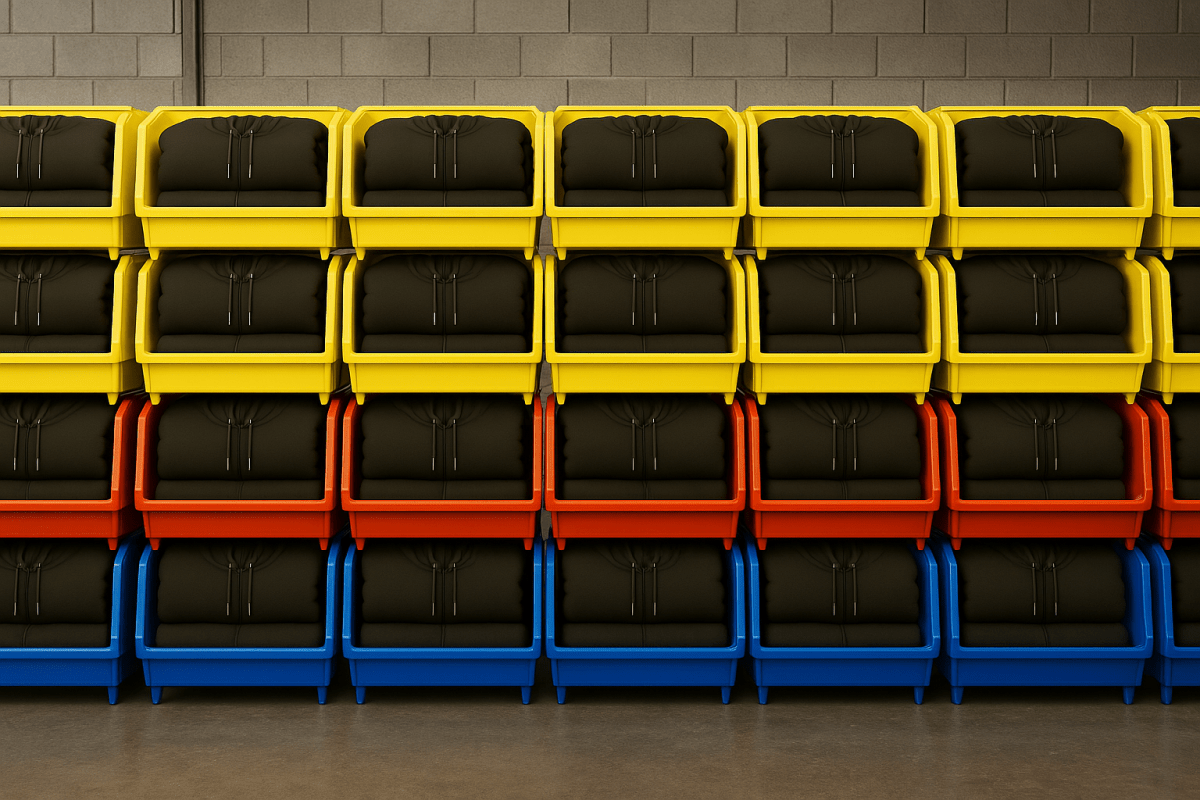
Optimize Apparel Inventory with Stackable Storage Bins
Running a retail apparel business means juggling inventory, keeping the backroom organized, and making sure your displays stay neat and shoppable. ...

Why Amazon Chose Industrial 4 Less for Their Fulfillment Centers
When you’re managing large-scale warehouse or distribution operations, your storage systems can’t afford to fail. That’s why Amazon recently partne...

BAA Compliance: Why Industrial 4 Less Is the Smart Choice for Government Storage Solutions
I Never Knew “Made in America” Could Be a Legal Requirement Until Last Week
Like many of you, I always treated “Made in the USA” labels as a point ...
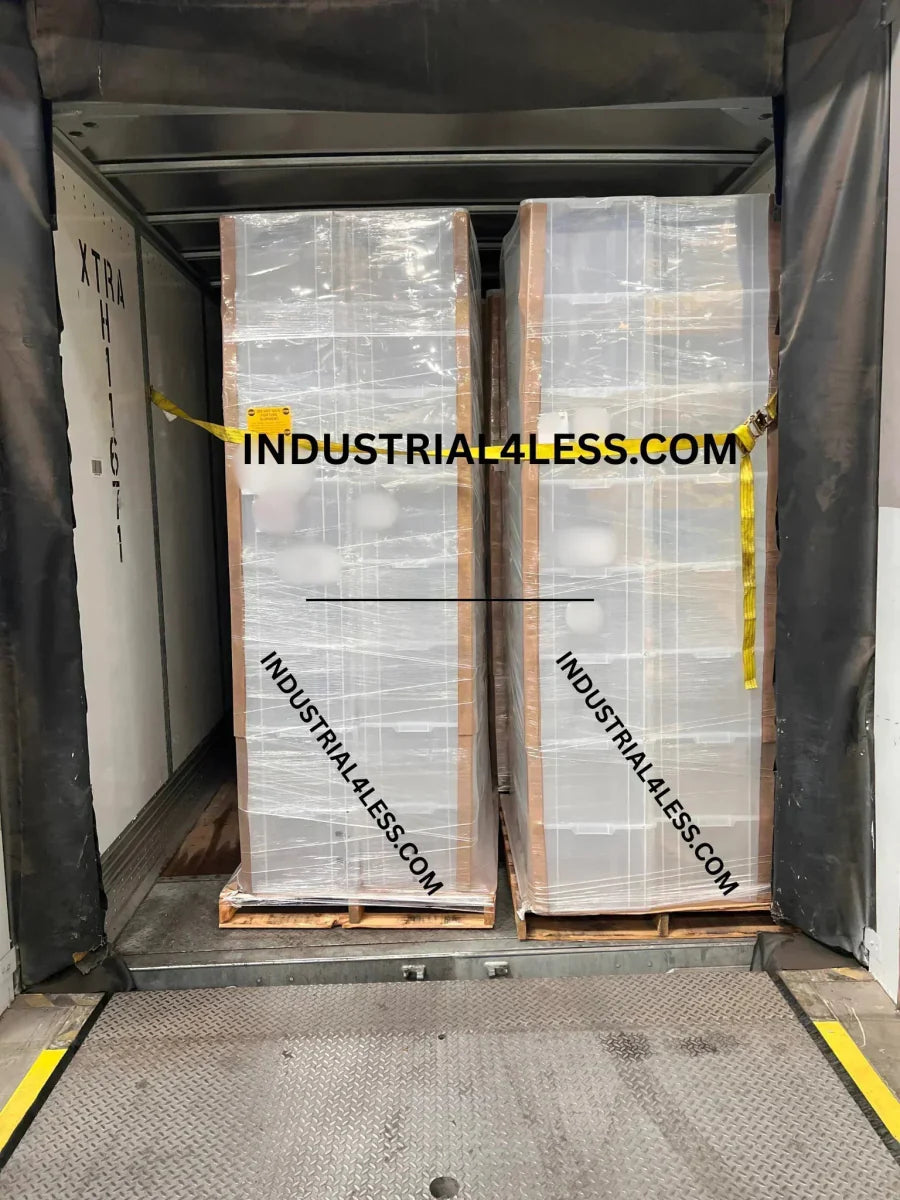
High-Volume Storage Bin Deliveries for Large-Scale Fulfillment Operations
In large fulfillment centers, the wrong storage setup doesn’t just cause minor delays, it can throw off entire workflows. Procurement managers know...

Storage Bin Solutions for Mobile Workstations and Rolling Carts
Ever tried to keep a mobile workstation tidy? It's tougher than it looks. You need storage that's not just portable but also rock-solid reliable. T...
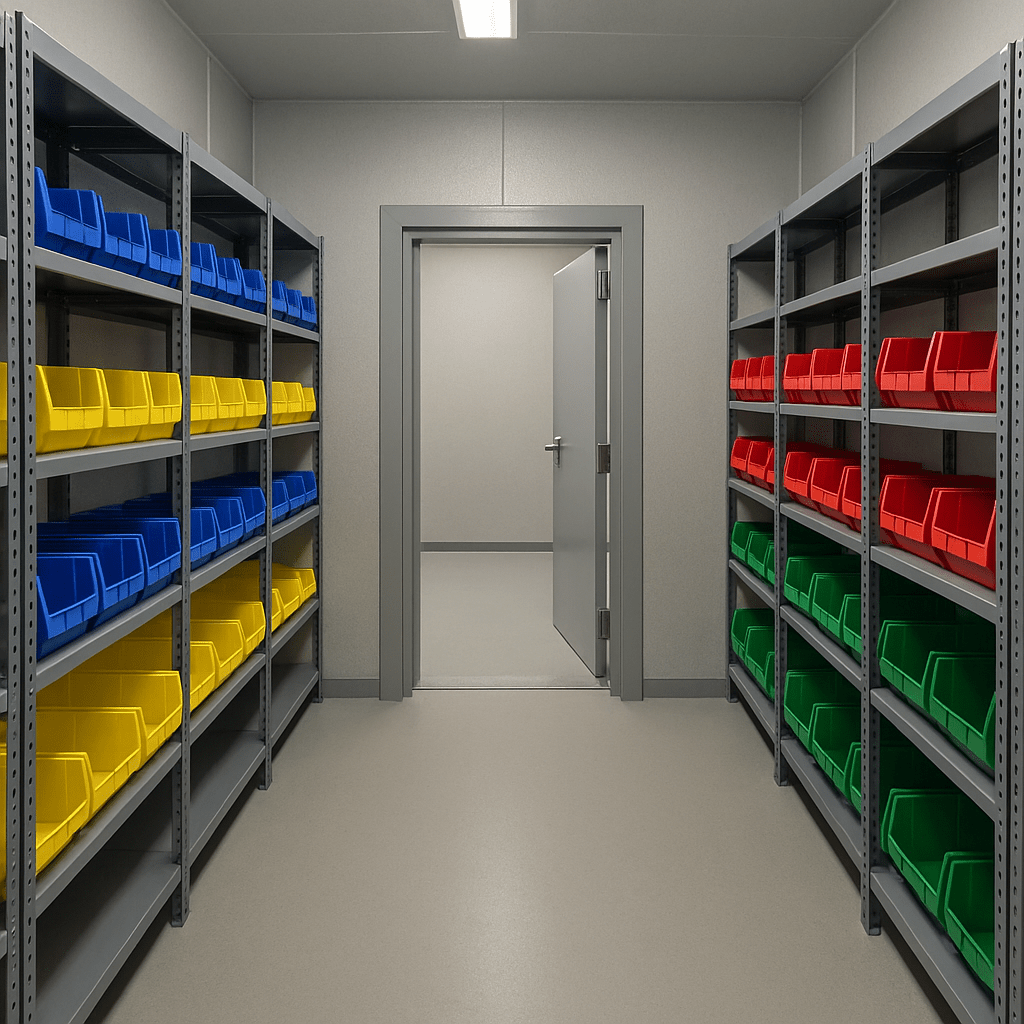
Shelving & Storage for New Cannabis Dispensary
The Ultimate Guide to Out‑Fitting Your New Cannabis Dispensary With Shelving & Storage
From first blueprint to fully stocked vault—everything y...
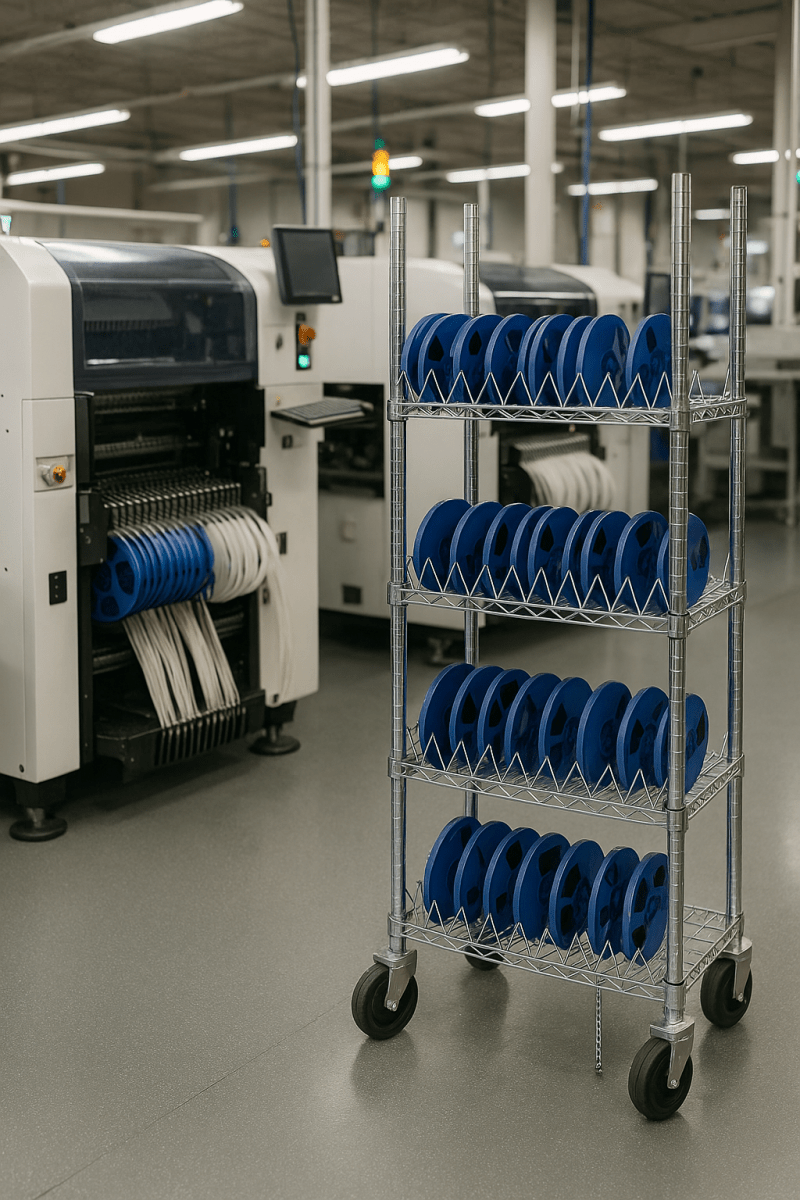
How to Prevent Tape-and-Reel Damage on the SMT Line
Component reels may look rugged, but a single cracked hub or bent leader can idle an entire pick-and-place machine. At Industrial 4 Less we've hea...
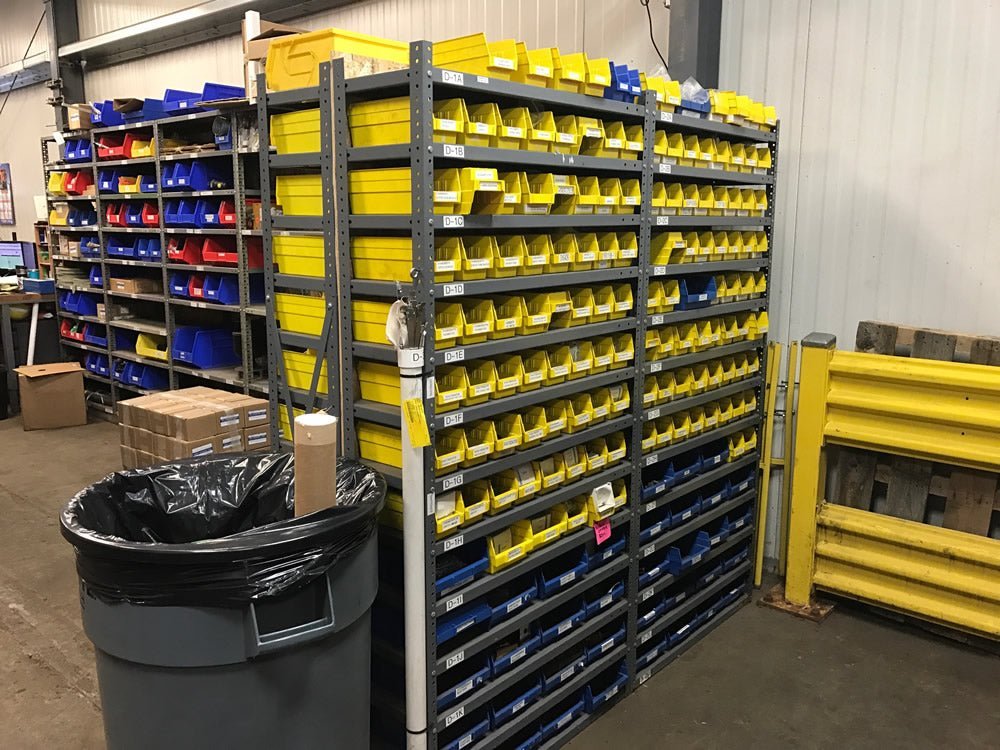
Ultimate Guide to Workshop Storage Solutions
An organized workshop isn't just a visual delight—it's essential for safety, efficiency, and productivity. Whether you're a plumber, electrician, m...
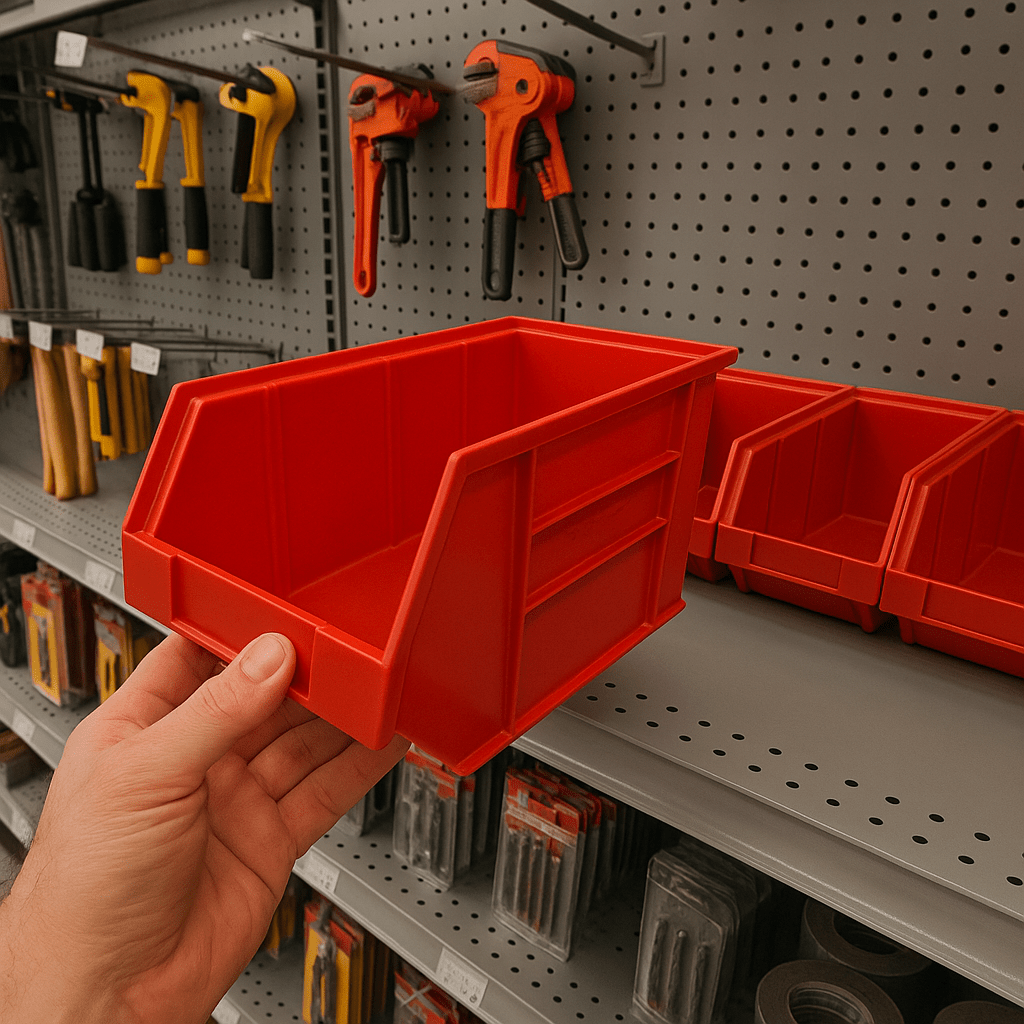
Quantum QUS248 Bins in Action at Your Local Hardware Store
When customers walk into a hardware store, they expect one thing above all: to find what they need—fast. Whether it’s a pipe fitting, a set of scre...

Pallet Rack Storage Bin - QRB246
In the uber-competitive world of warehousing, logistics, and e-commerce, efficiency is the key that unlocks profitability and customer loyalty. The...

IT Storage Bins: Plastic Parts Organizer Bins for IT Professionals
Business IT professionals deal with a constant stream of hardware, tools, and media that need to stay organized. Plastic parts organizer bins—wheth...


